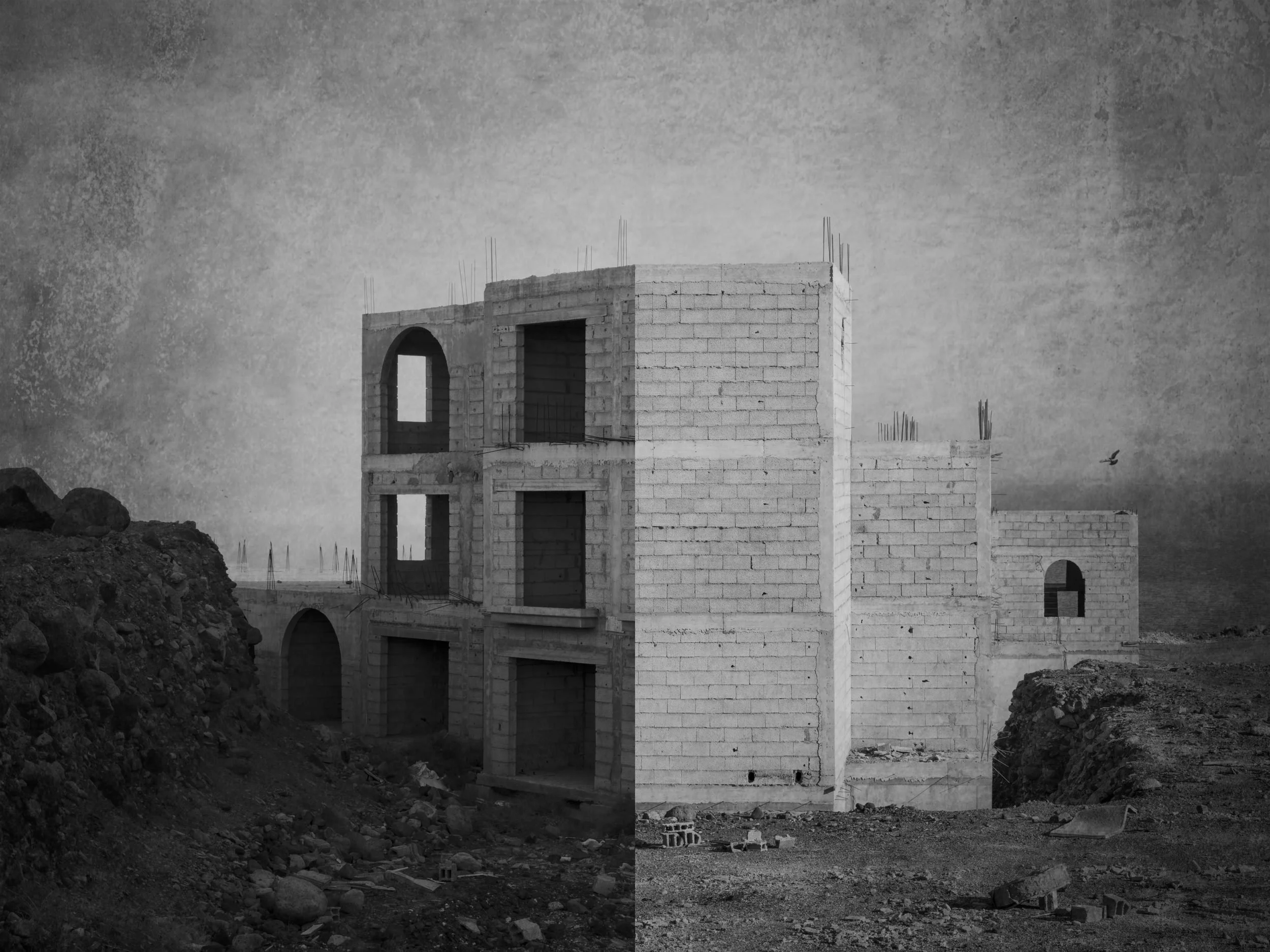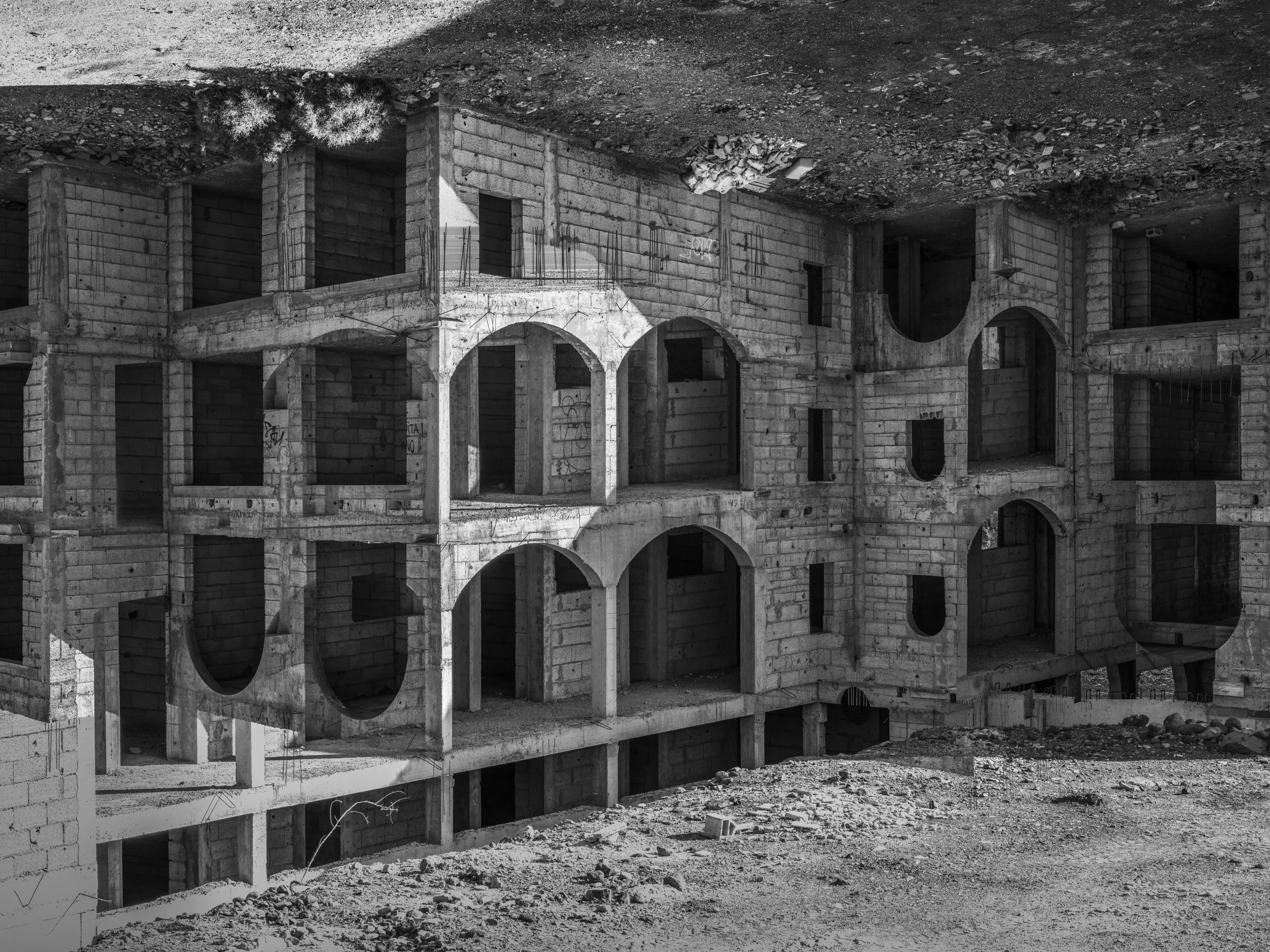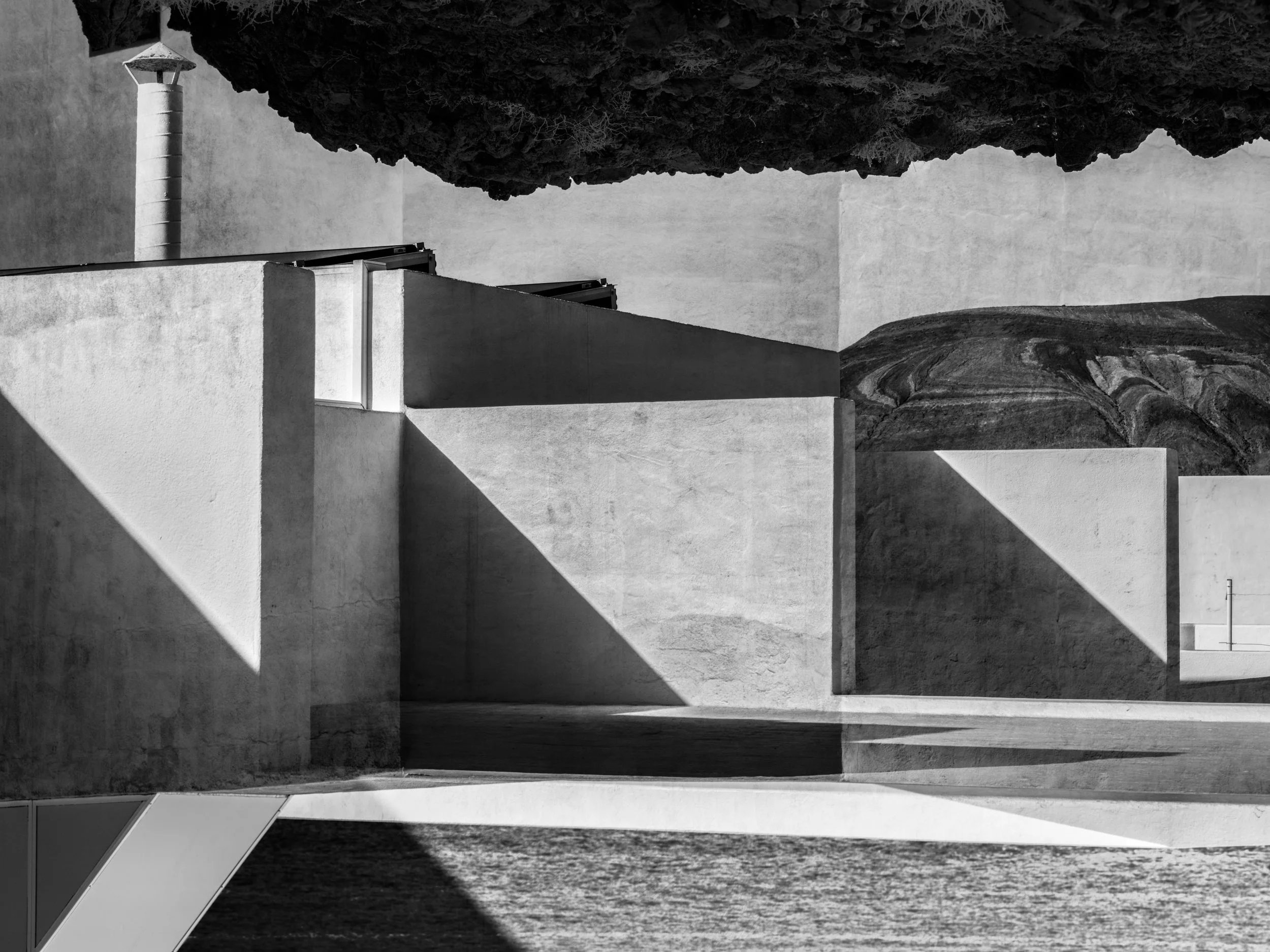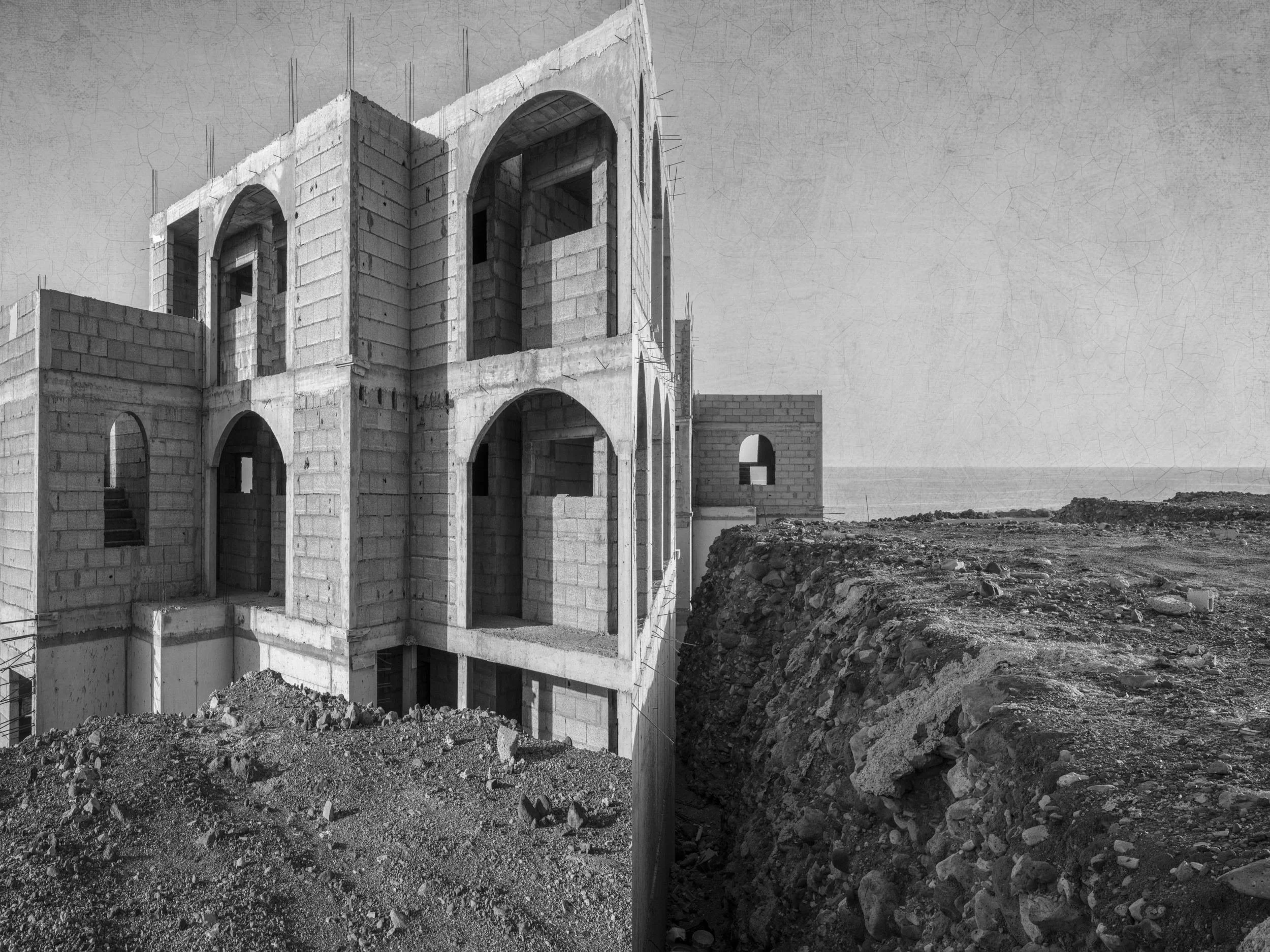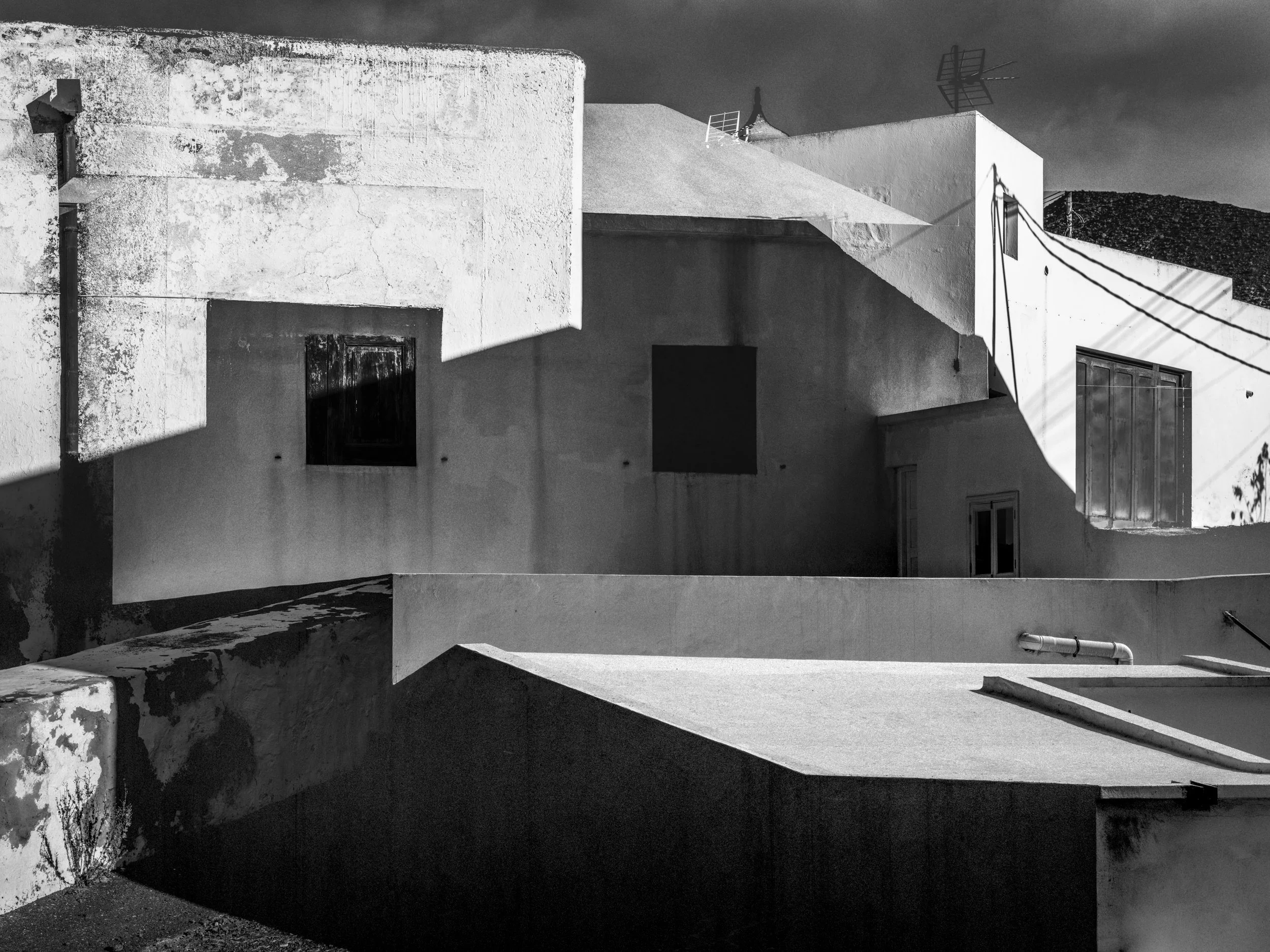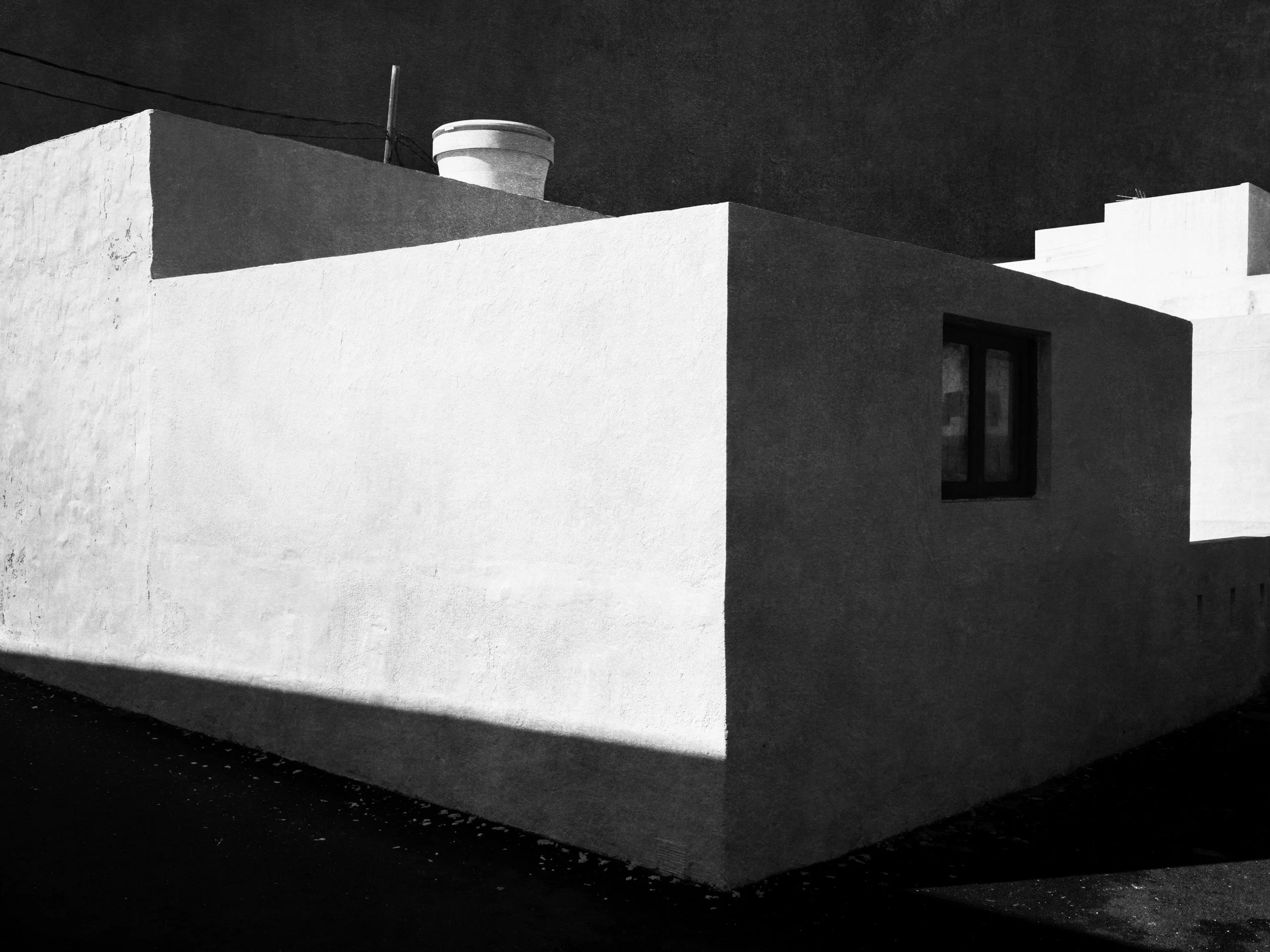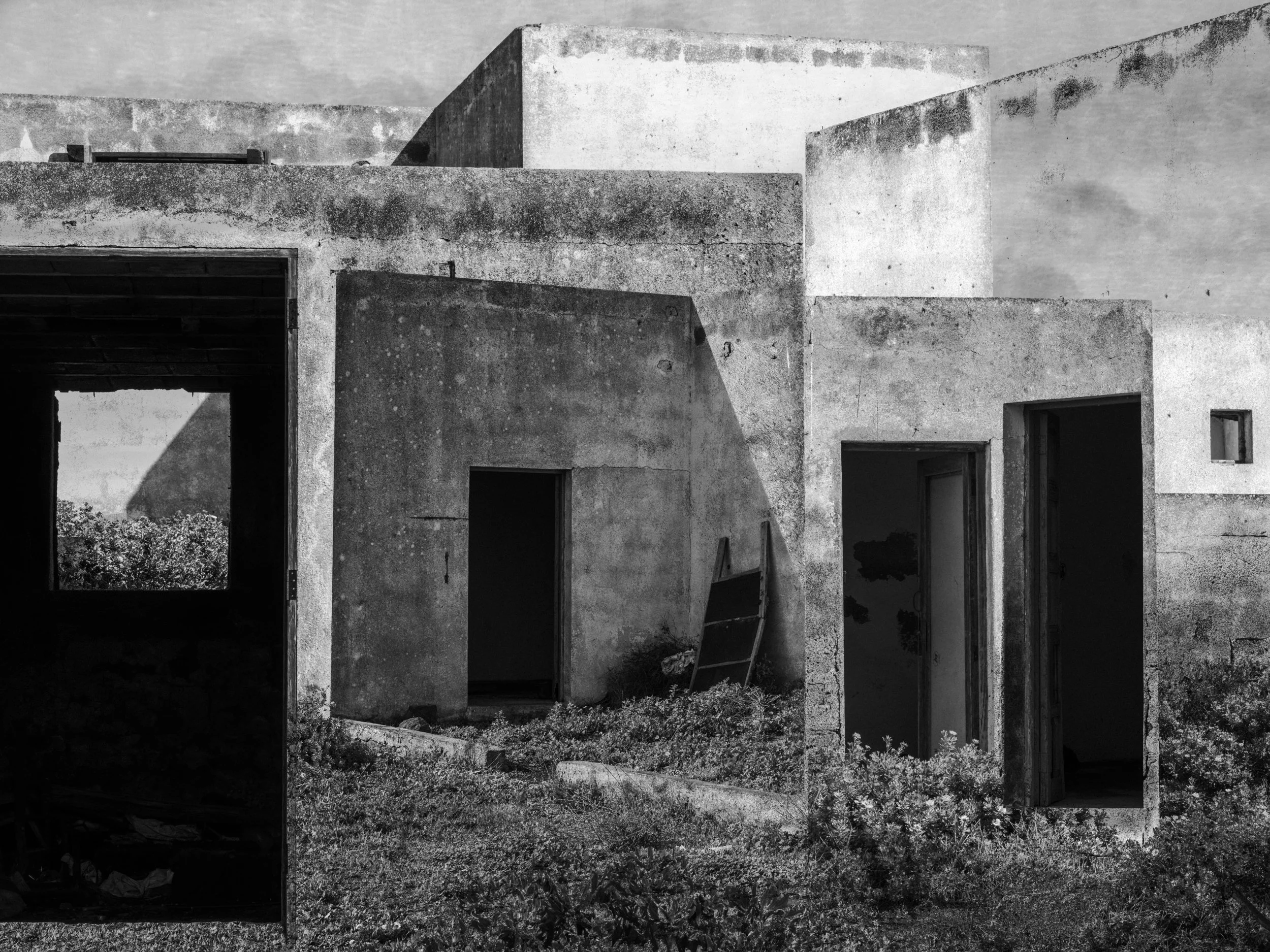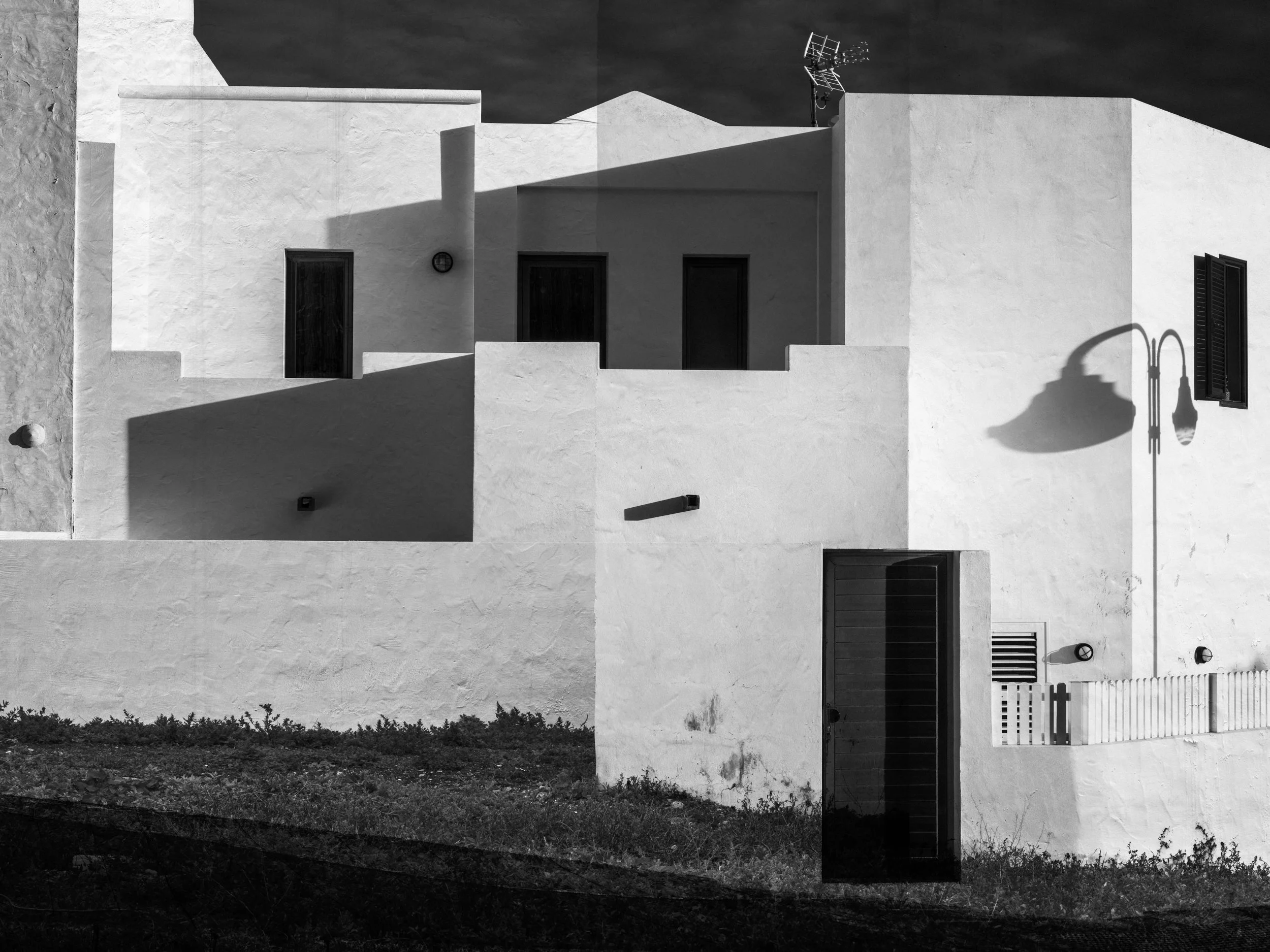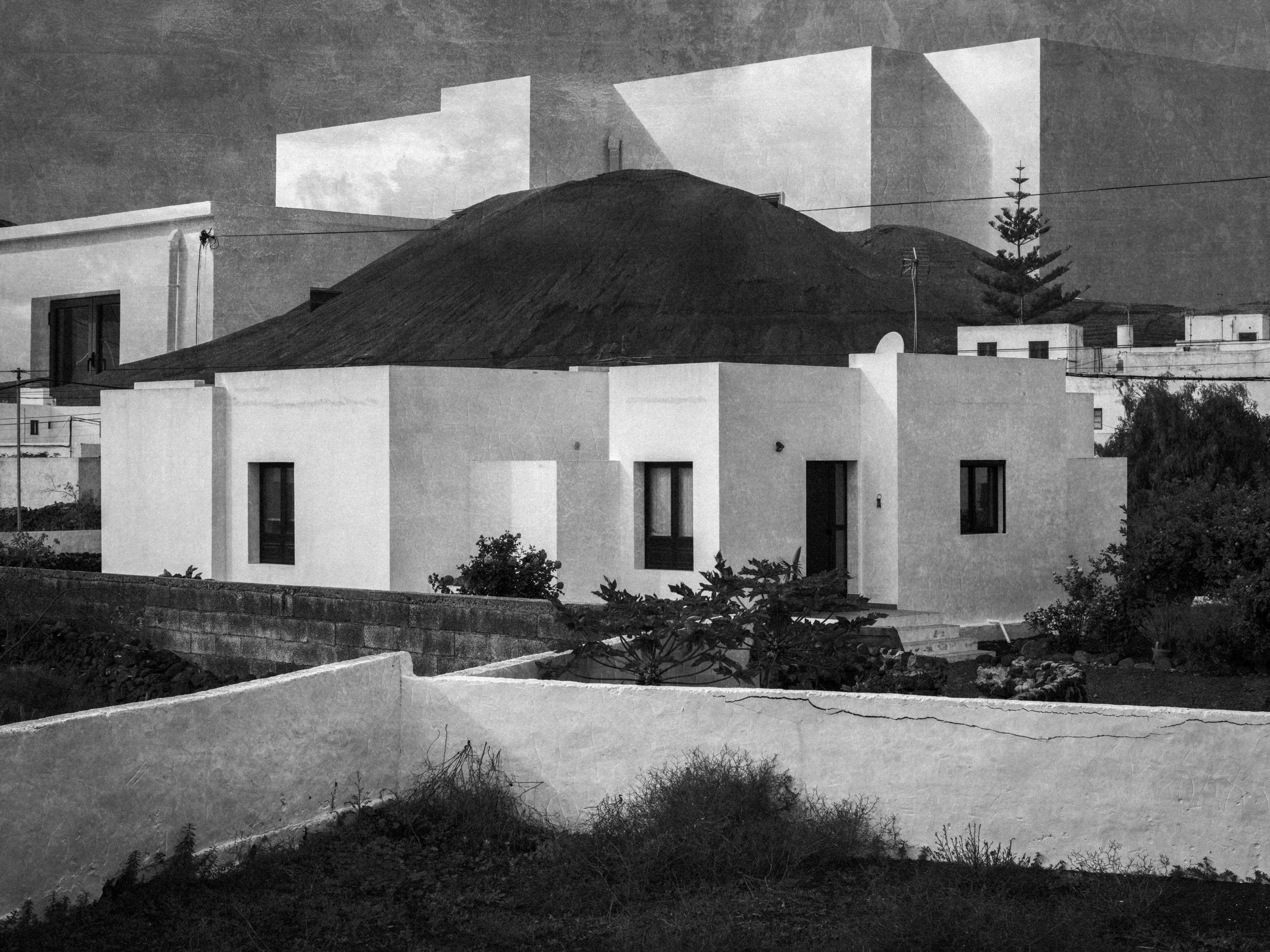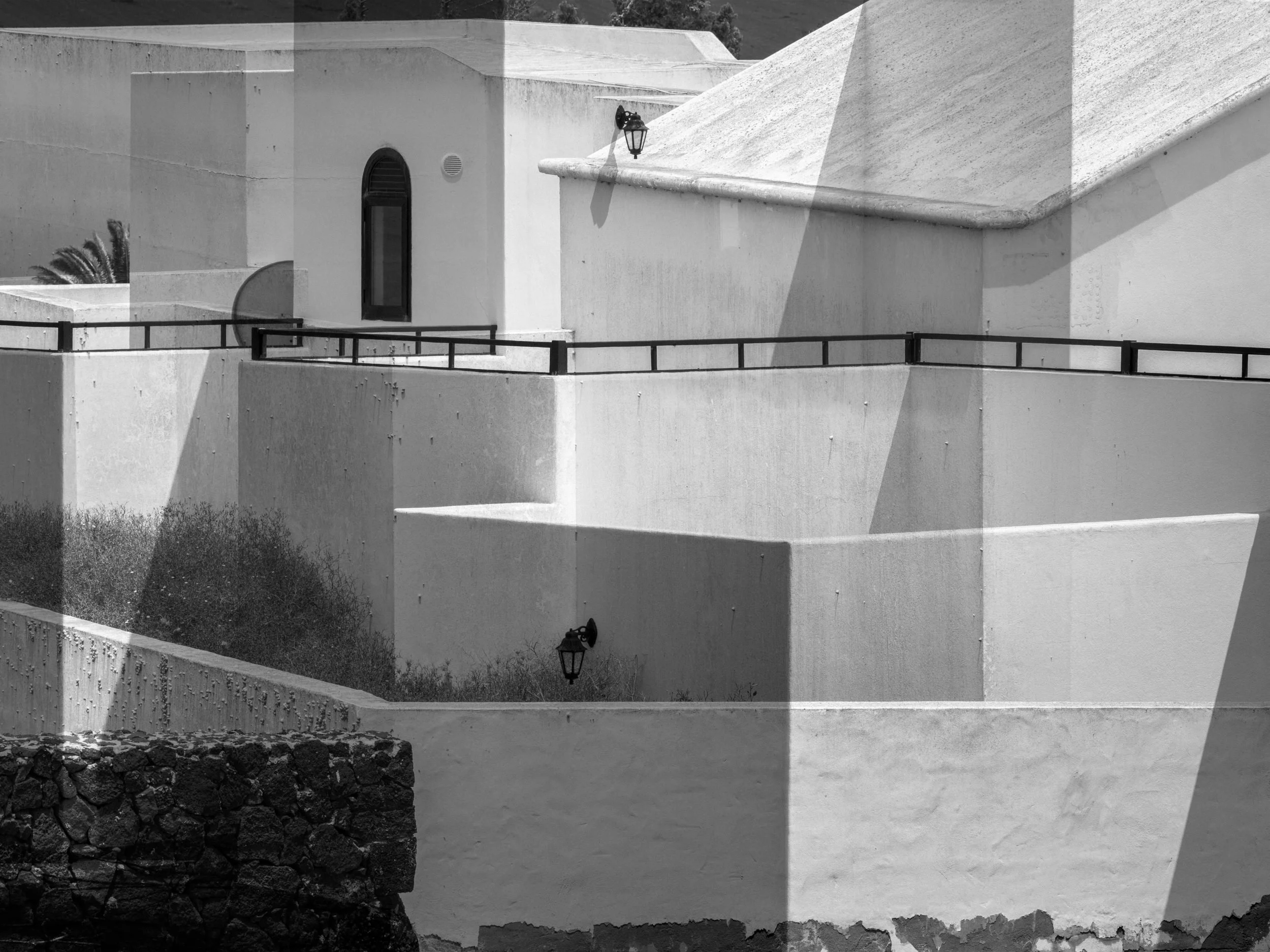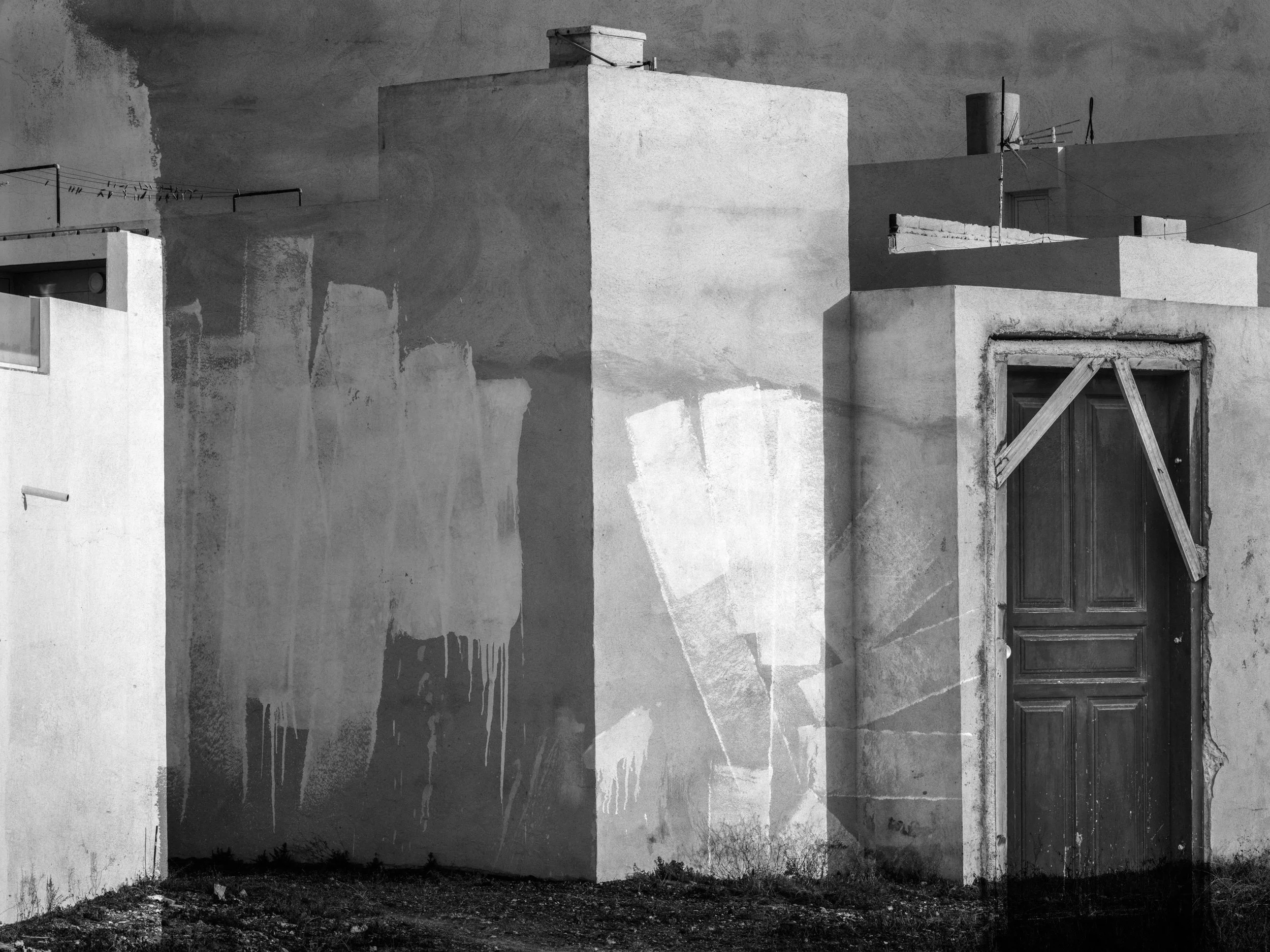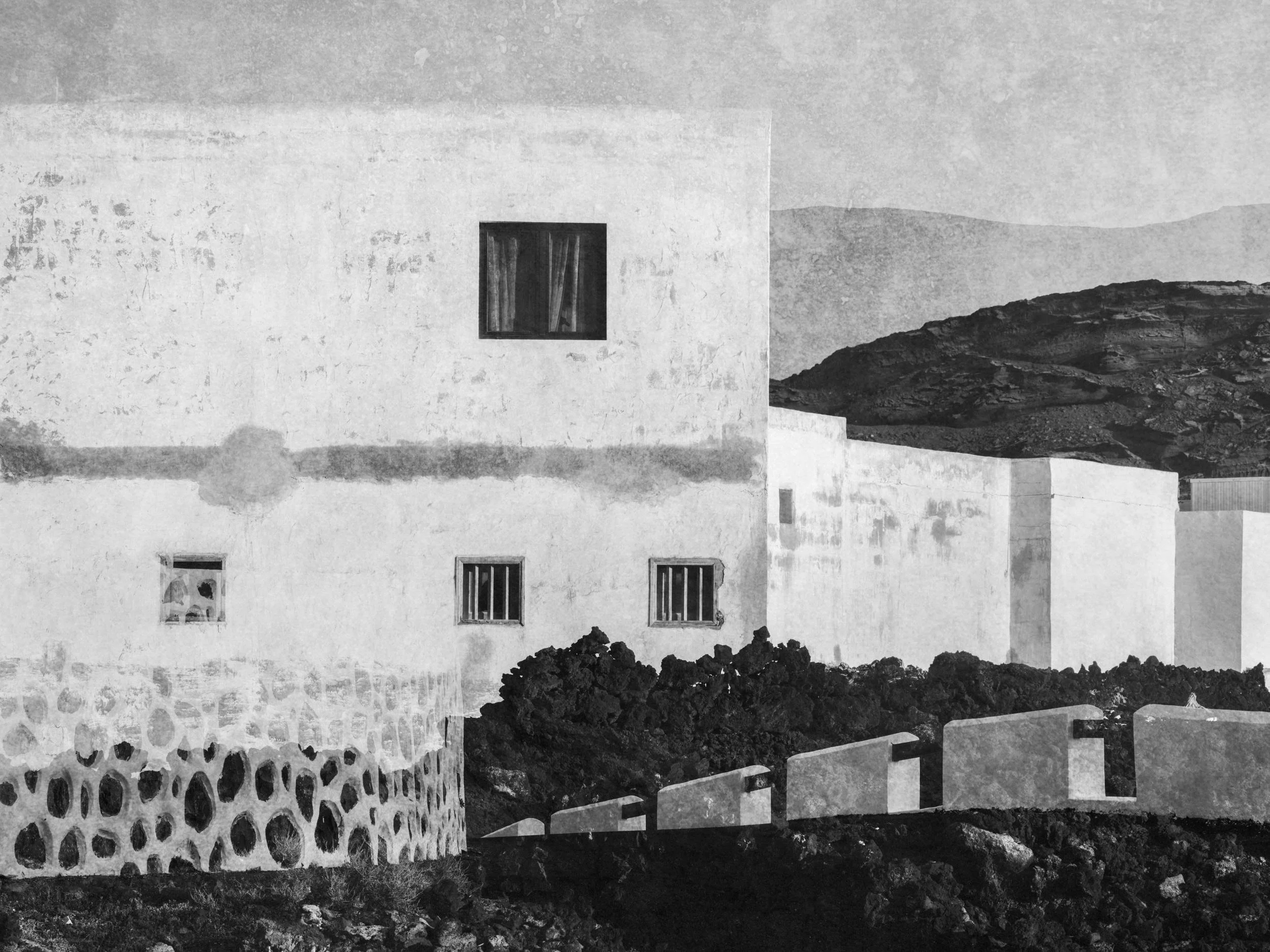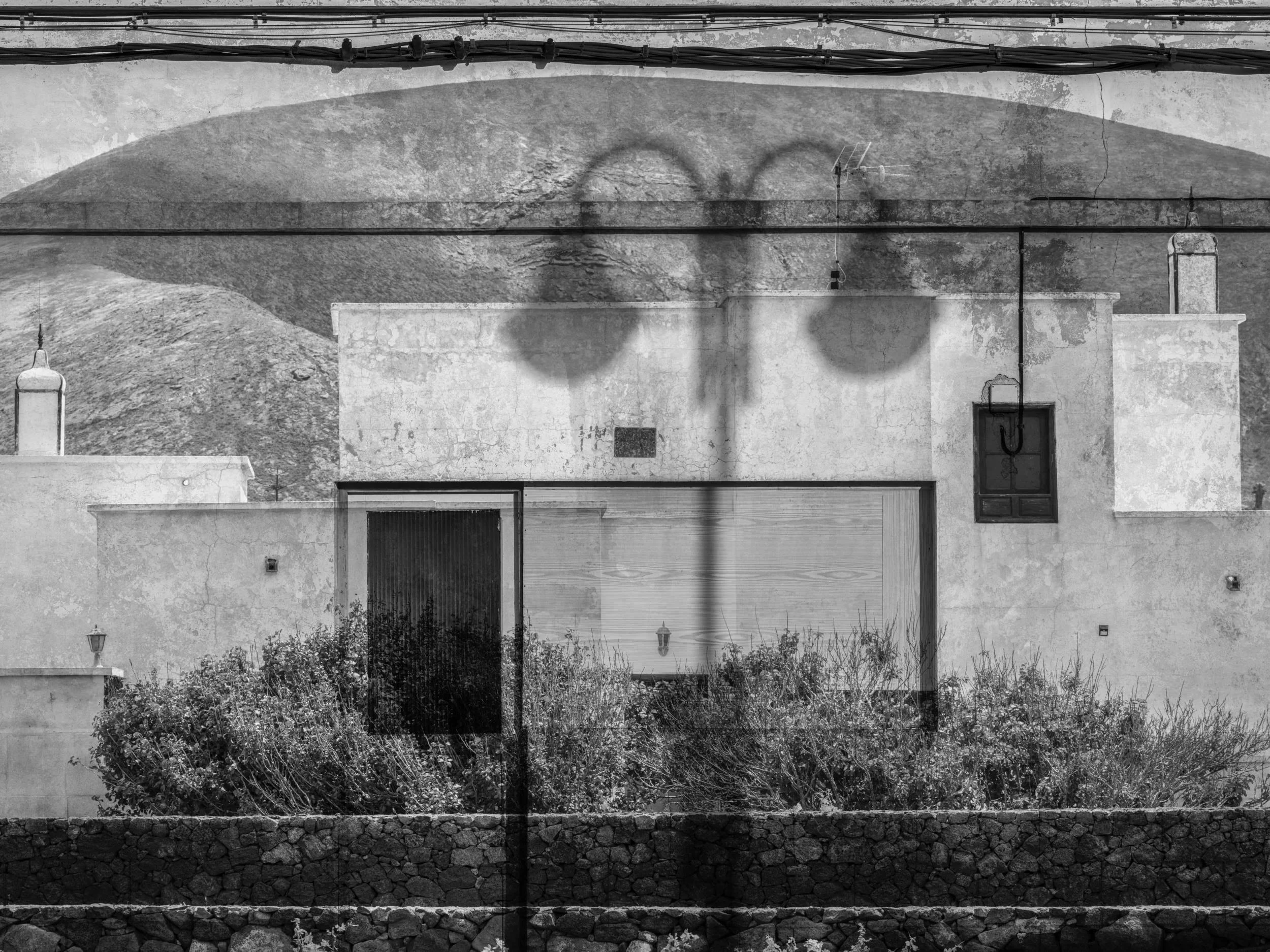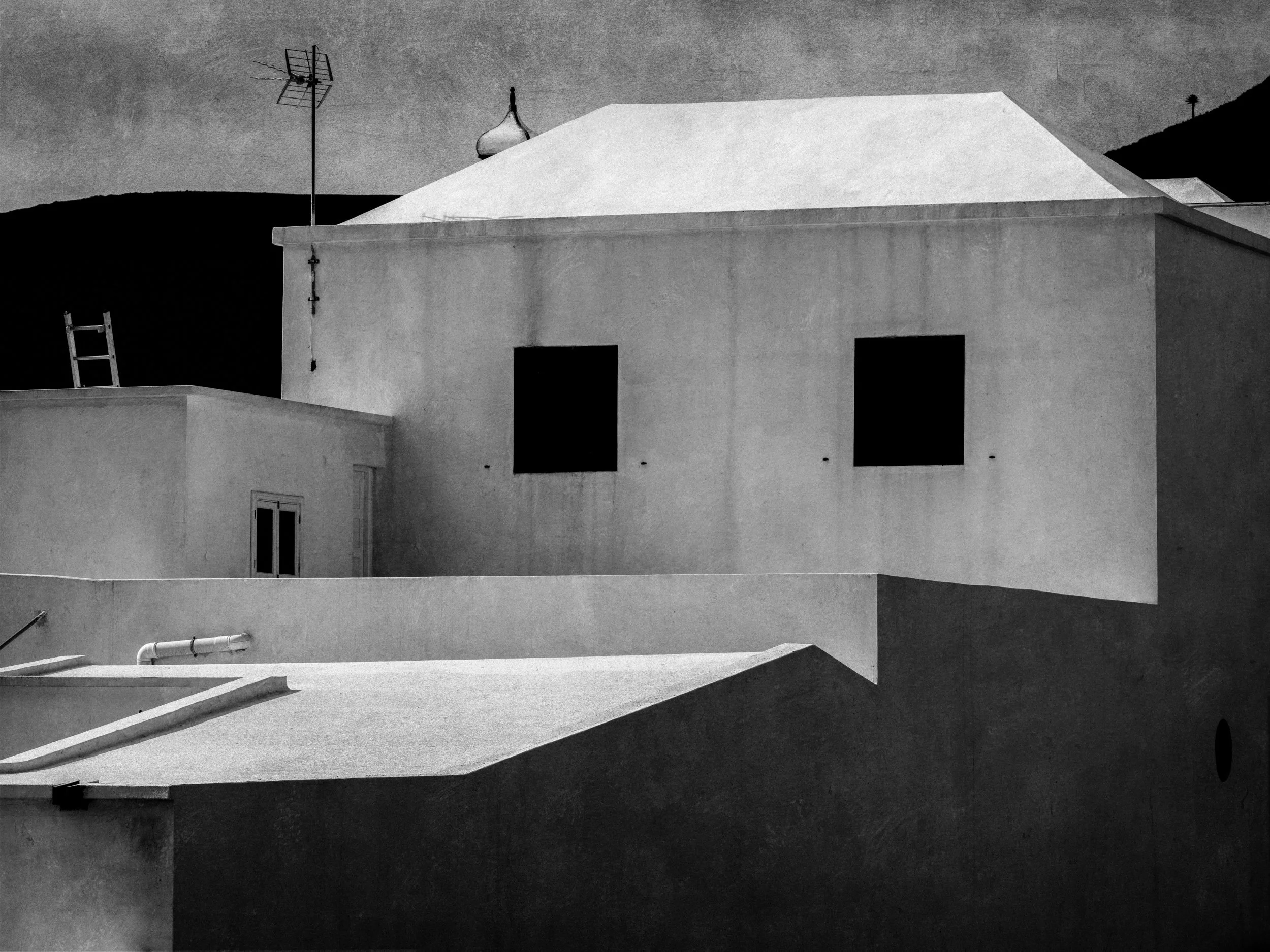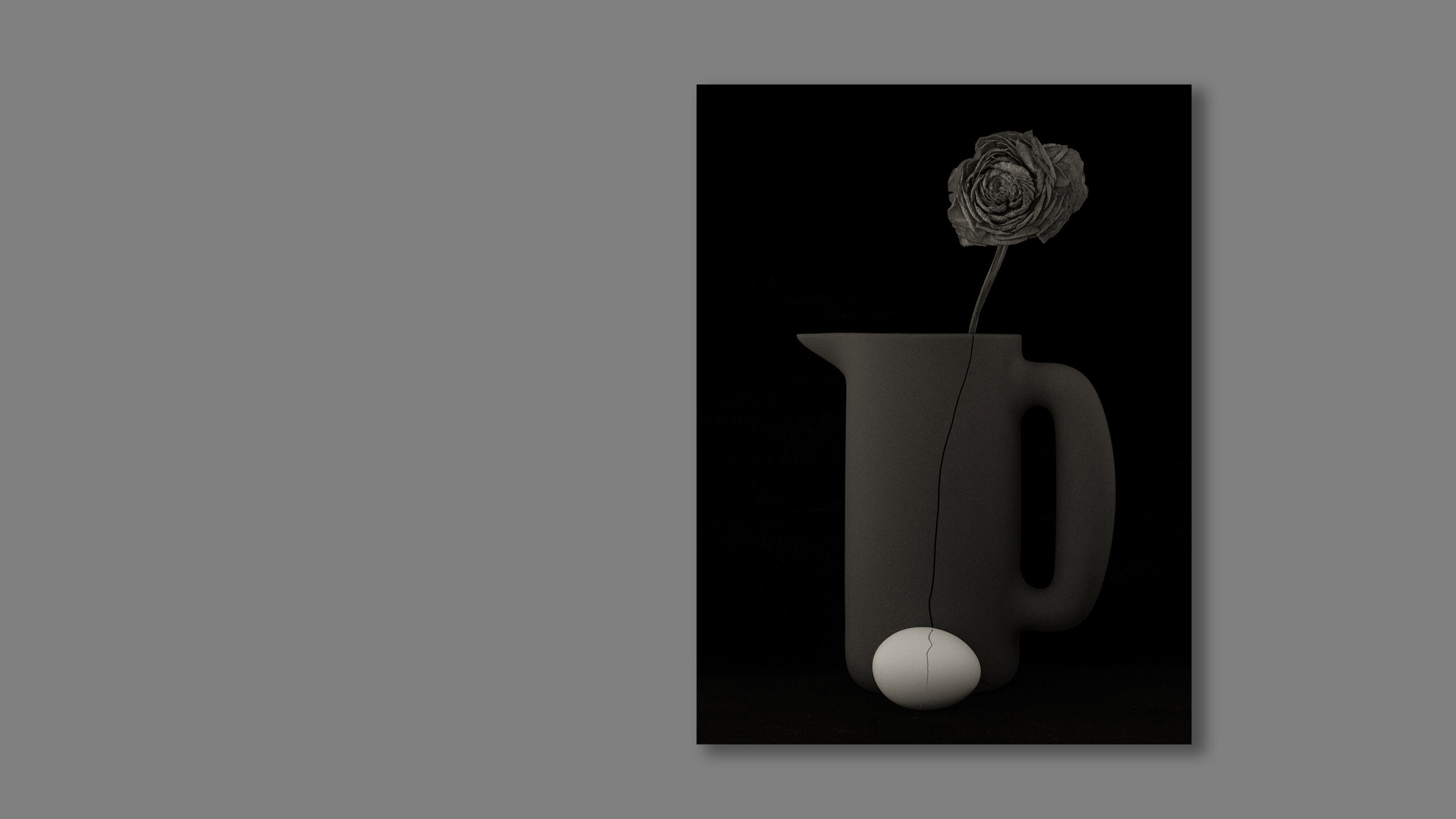Houses of the Mind
We do not live in the world. The world lives in us.
The world we experience is not only limited by our sensorial perception of it, but also strongly affected and even distorted by our subconscious. The universe dwells in the houses of our minds.
The photographs of Houses of the Mind, inspired by the words of André Breton in his Surrealist Manifesto (1924), strive to provide a "resolution of these two states, dream, and reality, which are seemingly so contradictory, into a kind of absolute reality, a surreality."
Encouraged by the theories of Freud and the work of Dada artists, surrealists such as René Magritte and Max Ernst strove to tap into the unconscious mind to unlock the power of the imagination and countereffect the repression of the rational and conscious mind. They did so through extensive use of collage, cut-away planes, inversion of ground and figure, matching and concealment, mimicry, metamorphosis, and camouflage.
All of these techniques were used in the creation of these photographs, both in the field and in the studio. With a threatening and mysterious quality, they remind us of the uncanny, as defined by Freud, effacing the distinction between reality and imagination and creating an "intellectual uncertainty" or a "disquieting strangeness" (using the French translation of Freud's Das Unheimliche). Tension and contradiction reign in these images, where space, time, scale, and depth defy conventions.
Each one of these images represents the result of an "existence" heavily filtered through the sieves of the mind. Some mental states appear to be in gestation; others are already in ruins. Many hide secrets in the shadows, while others are bathed in purifying light.



